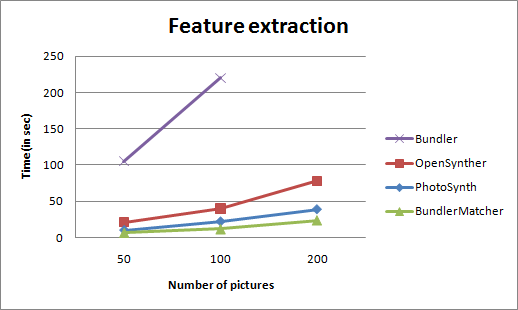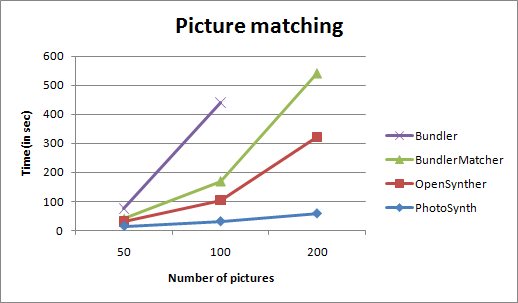I’ve just heard that Google has bought Quiksee for 10 millions $. I was curious about Quiksee virtual tour technology as I’ve written myself something that seem equivalent 5 years ago. But their website doesn’t explain anything, neither their “nice” demo clip.
Like Quiksee, my virtual tour system is composed of panoramic pictures linked by videos. The first version of my virtual tour was created in 2005 (2 years before Google Street View launch).
During my internship in the beautiful city of the Puy-en-velay I’ve taken around 1800 pictures to create a virtual tour. This virtual tour is composed of 18 panoramic pictures and 44 videos links. I’ve first created a full featured version using Flash for video playback (Yajev) and then I’ve improved this version with a full HTML5 version (Html5 Virtual Tour).
Yajev
Ok, I’m not gifted to find a product name (Yajev -> Yaj3v (l33t) -> yajvvv -> yet another virtual visit viewer). My first demo of Yajev was created in 2005 and was showing a small French village (5000 pictures, 51 videos and 20 panoramic pictures), but it’s not visible anymore.
->Live demo<-
Best viewed with IE9 (there is a bug with the Flash player with the other browser)
Features:
- 360° panoramic player
- Flash video player
- Map
- Hotspot links and tips displayed over panoramic picture
- Dijkstra shortest path finder and player
- Plugin system: compass, debug, 3d sound, lytebox, debug
- XML based virtual tour configuration
Html5 VirtualTour
This version is 2 years old now. Unfortunately the videos were encoded with Theora, so this demo can’t run on IE9. So this demo is best viewed with Google Chrome and Firefox.
->Live demo<-
Best viewed with Google Chrome
Features:
- 360° panoramic player with smooth animation
- Html5 video player
- Canvas map
- Hotspot links and tips displayed over panoramic picture
- XML based virtual tour configuration
Download
There is no support for this virtual tour ! The javascript files are not obfuscated: you are free to do what you want with it. I’ve created this to improve my javascript skills, but I’m much more interested by computer vision now, so I’m sorry but I can’t provide any support for Yajev nor Html5 Virtual Tour.










